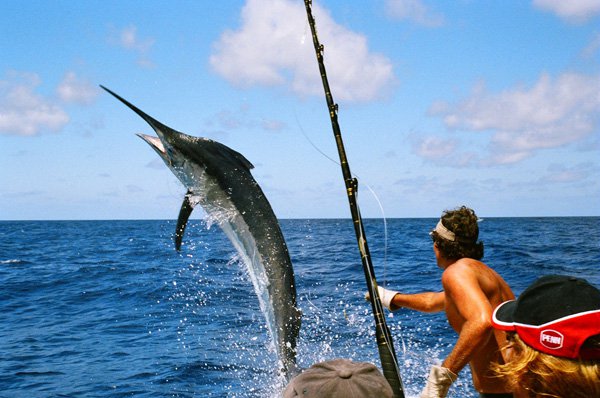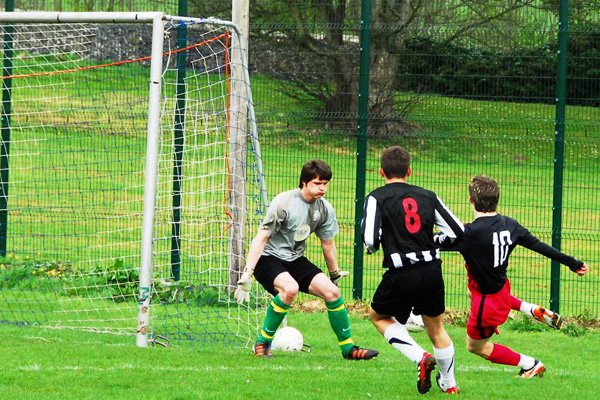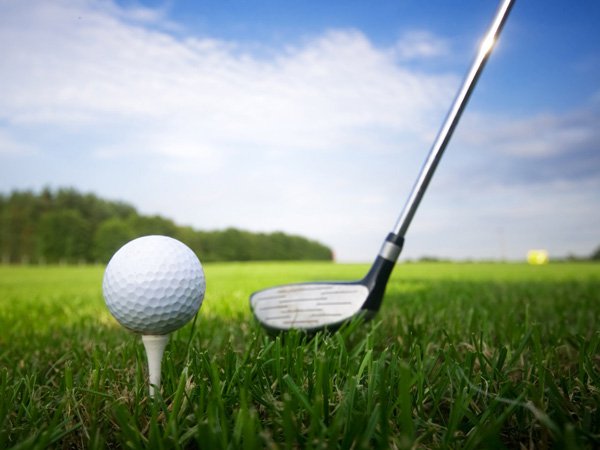How Do You Film the Tour De France?
The 2008 Tour de France has been one of the most exciting Tour races in a long time. With multiple GC (overall fastest rider) contenders all within seconds of each other the yellow jersey could change any day. The Tour's popularity has been rising in the US ever since Lance Armstrong's astounding seven consecutive victories. More than any other rider has achieved in history. In Europe its popularity may be hard to grasp. Fans will camp out for weeks just to get the best spots on the hardest climbs. It is estimated Tour de France television viewership to be well over 1 billion. How do you film an event that plays out over hundreds of kilometers where breakaway riders may be 10 or 15 minutes up the road? Capturing such an event on film and televising a sport where the venue is an entire country is an impressive technical feat involving thousands of wired and wireless cameras, hundreds of journalists, and a high tech communications network.
Fans watching expect to see close ups of the pain and determination on their heroes faces as they power away from the field, the sensational crashes where bikes and bodies go flying through the air, hectic sprint finishes, and all the other elements that make the race exciting. The majority of the tour is filmed by a team camera operators riding on the back of touring motorcycles. These guys will literally get in the riders faces as they follow the race up the mountains and down the harrowing descents at blood curdling speeds. This is a dangerous job as speeds may be as racer speeds may be as high as 90km/hr approaching hairpin turns, many times skidding around switch backs and even riding off the road. The wireless cameras used here are linked up to helicopters following the race.
Up to three helicopters will be in the air at all times filming the Tour. These copters are fitted with advanced gyroscopic stabilized video cameras, which enable operators to zoom in on the action. These state of the art cameras are the same technology used by military, law enforcement, news agencies, and NASA. Pilots must be every aware of their surroundings keeping in mind the constant changes of elevations as riders ascend and descend mountains. They must also be cognizant not to fly over fans and have an eye out for emergency landing spots. Every stage of the tour is planned with helicopter flight plans in mind.
Static cameras and aerials near the stage finishes ensure fans get the best views of sprint finishes and grueling mountain top battles. All of this video and audio data is beamed to a group of mobile production trucks at the host at the host city. Over 40 miles of cabling feeds the footage to a host a journalists for voice over commentary, and then sent to the fans in 170 countries worldwide. Co-ordination must be seamless and the setup is precise. One mistake and fans in Spain might end up with commentary in Russian. Security is tight around these facilities, which are usually guarded by police forces operating network of CCTV cameras comprised of, dome cameras, wireless security cameras, and other hidden cameras.
You would think that all this setup would keep production workers, and volunteers in host cities busy 24/7, but how long does it really take? The science is dialed in it can be done in 2 hours every morning and evening. The equipment is broken down as soon as the riders cross the finish line and driven to the next city. Setup begins again the next day starting at around 3 o'clock in the morning.
Cycling: For Your Body and for Your Mind
Cycling: More Benefits Than You Think


